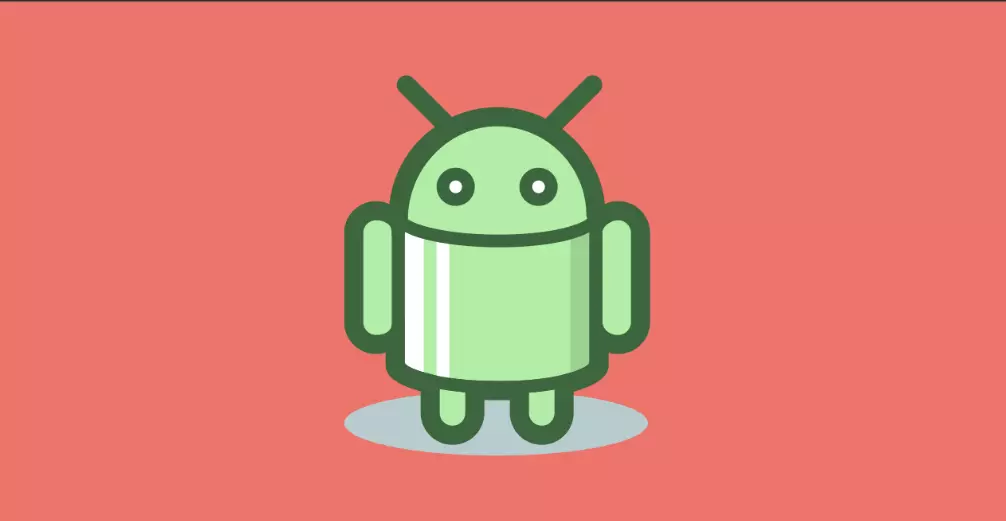1. Android 文件系统简介 Android的文件分为内部存储(internalstorage)和外部存储(external stor-age)两大类型。
1.1 内部存储 内部存储为手机等设备的内存空间,它挂载在Android系统的system/、data/等目录下在SDK版本变迁中,内部存储的功能定位和挂载路径没有发生变化。开发者可以使用模扣器+adb shell进人文件系统,或者使用 Android Studio 的 Device File Explorer 插件查看内部空间。
system/目录一般用于存储 Android 的系统数据,开发者无法进行读写。
data/目录一般存放缓存数据、用户应用程序数据等,具体的路径为data/data/。
内部存储的应用程序数据在应用卸载时被全部删除。
1.2 外部存储 外部存储变化较大,Android4.4以前,外部存储仅仅指SD卡、TF卡之类的外挂移动存储设备;Android4.4及其以后,外部存储包括内置的外部存储和外挂的SD卡等存储设备当然,有些机器没有提供外接SD卡的功能,就只有内置的外部存储空间。外部存储一般存储应用程序的业务数据,如视频文件、音频文件、表格、日志、下载文件等。在Android系统中,外部存储一般挂在storage/emulated/0或者storage/sdcard/0目录下。
2. 内部存储的应用 2.1 内存文件的数据存取 内存文件的数据存取有两种方式,一种是写入在内存中,拥有较快的速度,另一种是写入到硬盘中,速度较慢,有Context的openFilelnput()方法可用来获取文件输人流,Context的openFileOutput()方法可用来获取文件输出流。
属性
描述
ContexL.MODE_PRIVATE=0
默认的私有模式,只有本应用才可以访问。
ContexL.MODE_APPEND=32768
如文件存在,则追加内容,如不存在,则新建文件。
Context.MODE_WORLDREADABLE=1
当前文件可被其他应用读取。
eContext.MODE_WORLD_WRITEABLE=2
当前文件可被其他应用写入。
2.2 SharedPerferences简介 SharedPerferences组件实现的数据存储是内存文件存储的,当我们需要存储键值对数据时,使用这个组件是非常不错的选择,它它屏蔽了文件读写的细节,为开发者提供简单易用的访问接口。SharedPreferences适合于数据量小的参数配置、简单信息存储等场合,数据以XML文件形式存储在/data/data/<应用包名>/shared_refs日录下。
方法
描述
public abstract SharedPreferences. Editor edit( )
获取数据编辑器
public abstract Map < String,?> getAll( )
取出全部键值对
public abstract boolean getBoolean ( String key, boolan default )
获取 boolean 型数据,并给出默认值
public abstract int getInt( String key, int default )
获取int型数据,并给出默认值
public abstract long getLong( String key, long default )
获取 long型数据,并给出默认值
public abstract String getString( String key, String default)
获取 String型数据,并给出默认值
public abstract contains ( String key )
判断某个 key 是否存在
3. 案例使用 下面新建一个简易的输入框和写入读取两个按钮
1 2 3 4 5 6 7 8 9 10 11 12 13 14 15 16 17 18 19 20 21 22 23 24 25 26 27 28 29 30 31 32 33 34 35 36 37 38 39 40 41 42 43 44 45 46 47 48 49 50 51 52 53 54 55 56 57 58 59 60 61 62 63 64 65 66 67 68 69 70 71 72 73 74 75 76 77 78 79 80 81 82 83 84 85 86 87 88 89 90 91 92 93 94 95 96 <?xml version="1.0" encoding="utf-8" ?> <LinearLayout xmlns:android ="http://schemas.android.com/apk/res/android" xmlns:app ="http://schemas.android.com/apk/res-auto" xmlns:tools ="http://schemas.android.com/tools" android:id ="@+id/main" android:layout_width ="match_parent" android:layout_height ="match_parent" android:background ="#CCC6C6" android:orientation ="vertical" tools:context =".easy_Activity" > <TextView android:layout_width ="match_parent" android:layout_height ="0dp" android:layout_weight ="1" android:background ="#AB9F9F" android:gravity ="center" android:text ="内存读取" android:textSize ="23dp" app:layout_constraintBottom_toBottomOf ="parent" app:layout_constraintEnd_toEndOf ="parent" app:layout_constraintStart_toStartOf ="parent" app:layout_constraintTop_toTopOf ="parent" /> <LinearLayout android:layout_width ="match_parent" android:layout_height ="0dp" android:orientation ="vertical" android:layout_margin ="20dp" android:layout_weight ="8" > <TextView android:layout_width ="match_parent" android:layout_height ="wrap_content" android:text ="留言标题:" android:textSize ="30dp" /> <EditText android:id ="@+id/title" android:layout_width ="match_parent" android:layout_height ="wrap_content" android:background ="@color/white" android:hint ="输入标题" android:layout_marginTop ="10dp" android:textSize ="30dp" android:minHeight ="49dp" /> <TextView android:layout_width ="match_parent" android:layout_height ="wrap_content" android:text ="留言内容:" android:textSize ="30dp" /> <EditText android:id ="@+id/content" android:layout_width ="match_parent" android:layout_height ="wrap_content" android:background ="@color/white" android:hint ="内容" android:layout_marginTop ="10dp" android:textSize ="30dp" android:minLines ="7" android:ems ="10" android:inputType ="textMultiLine" android:scrollbars ="vertical" android:layout_gravity ="left|right" /> </LinearLayout > <LinearLayout android:layout_width ="match_parent" android:layout_height ="wrap_content" android:layout_marginBottom ="20dp" android:orientation ="horizontal" > <Button android:id ="@+id/save" android:layout_height ="wrap_content" android:layout_weight ="1" android:text ="保存" android:layout_width ="wrap_content" /> <Button android:id ="@+id/reset" android:layout_height ="wrap_content" android:layout_weight ="1" android:text ="清空" android:layout_width ="wrap_content" /> <Button android:id ="@+id/loding" android:layout_height ="wrap_content" android:layout_weight ="1" android:text ="加载" android:layout_width ="wrap_content" /> </LinearLayout > </LinearLayout >
3.1 Stream流用法 1 2 3 4 5 6 7 8 9 10 11 12 13 14 15 16 17 String s = title.getText().toString(); String contents = content.getText().toString(); OutputStream os = openFileOutput(fileName, Context.MODE_PRIVATE); os.write(s.getBytes()); os.write("\n" .getBytes()); os.write(contents.getBytes()); os.close(); InputStream is = openFileInput(fileName); BufferedReader br = new BufferedReader (new InputStreamReader (is)); String firstLine = br.readLine(); String secondLine = br.readLine(); title.setText(firstLine); content.setText(secondLine); br.close();
3.2 SharedPreferences用法 1 2 3 4 5 6 7 8 9 10 11 12 13 14 15 16 17 SharedPreferences sharedPreferences = getSharedPreferences("sharedCode" ,MODE_PRIVATE); SharedPreferences.Editor editor = sharedPreferences.edit(); editor.putString("title" ,s); editor.putString("content" ,contents); editor.commit(); SharedPreferences sharedPreferences = getSharedPreferences("sharedCode" ,MODE_PRIVATE); String firstLine = sharedPreferences.getString("title" ,"" ); String secondLine = sharedPreferences.getString("content" ,"" ); title.setText(firstLine); content.setText(secondLine);
以上就可以实现对数据进行存储了,在第二种方式中,关闭应用重新启动后依旧可以读取到其中的数据。
4. 查看存储文件
按照上述打开文件管理页面,进入其中的/data/data/包名/shared prefs/java中定义的文件名.xml
1 2 3 4 5 6 <?xml version='1.0' encoding='utf-8' standalone='yes' ?> <map > <string name ="title" > biaoti</string > <string name ="content" > neirong</string > </map >
可以看见我们的数据以键值对的形式存储在了其中。











